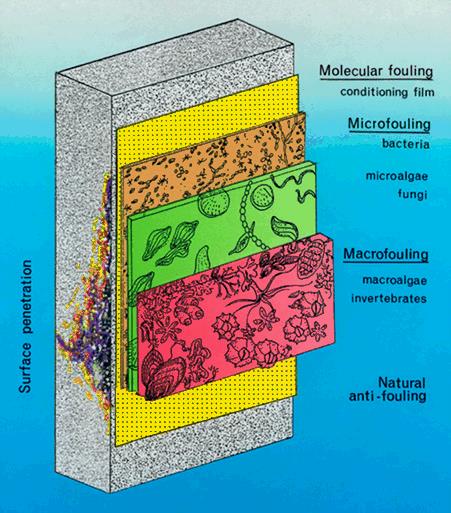
REYNOLDSBURG, OH – As the weather warms, it is an important time to “spring” clean your cooling tower. OSHA recommends cleaning your system regularly and twice a year is the best practice. Running a clean system impacts energy efficiency and savings, prolonged equipment life and could control harmful pathogens like Legionella.
Cooling towers are designed to cool water with forced air. While these systems are in operation, the water is circulating and typically treated to prevent scale, corrosion and bio-fouling (algae and bacteria growth). Systems often sit idle during the cooler months because the cooling demand isn’t as great and some systems are drained over the winter.
Learn More About Our Cooling Tower Services
During the winter months, bacteria and algae go dormant, waiting for warmer weather and an oxygen and nutrient-rich environment. Once circulation resumes, the algae and bacteria are in a perfect environment for incubation (plenty of oxygen, nutrients scrubbed from the air and water temperatures ideal for growth).
Biofilm compounds these problems and is especially problematic in water cooling equipment that operates intermittently during the cooler months. The problems could be severe if operation only occurs for a few hours a week. Equipment left filled with water and untreated will see corrosion attack on chiller end bells, tube sheets and condenser water pipes that will lead to mill scale, pitting and ultimately failure. Mill scale builds up and eventually flakes off and collects in tower distribution pans as rust chips. These rust chips can cause cooling tower distribution pans to overflow resulting in reduced cycles of concentration, increased water usage, accelerated corrosion rates, and ultimately shorter equipment life. Biofilm also prevents corrosion inhibitors from reaching the base metal. Biofilm can harbor Legionella and other potentially harmful species.
Algae can be a problem in cooling towers where a significant amount of sunlight reaches the water. Much like bacteria though, a little algae in the sunlit parts of a cooling tower does not reduce evaporation or heat transfer. Thick mats of algae can promote under-deposit corrosion and harbor other damaging bacteria. Long strands of algae that break free can clog strainers or other fine orifices in your system. Algae dies quickly once it breaks free of its hold in the sun and flows into the darkness of a piping system. Dead algae decomposes and can provide nutrients for bacterial communities, but the main impact of algae is the clogging of intake screens and other strainers in the system.
Most cooling towers and condenser water piping systems require chemical treatment to protect against corrosion. Chemical treatment also prevents microbiological growth from promoting biofilms which can reduce heat transfer, restrict flow and harbor potentially dangerous bacteria like Legionella.
Cooling tower systems that operate intermittently during the cooler months have similar problems. While most treatment products remain active in the system even when it is not circulating, biocides have a certain half-life and even scale inhibitors can lose their effectiveness over time. Condensers and other heat exchangers that remain full of water for weeks or months will experience bacterial growth that can result in biofilm formation and corrosion.